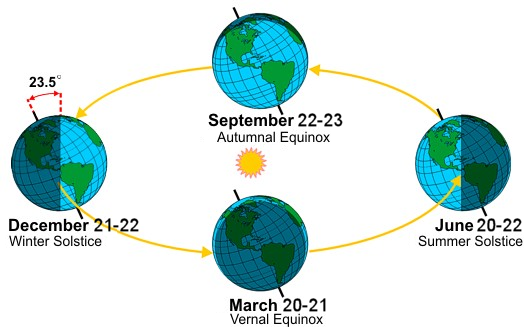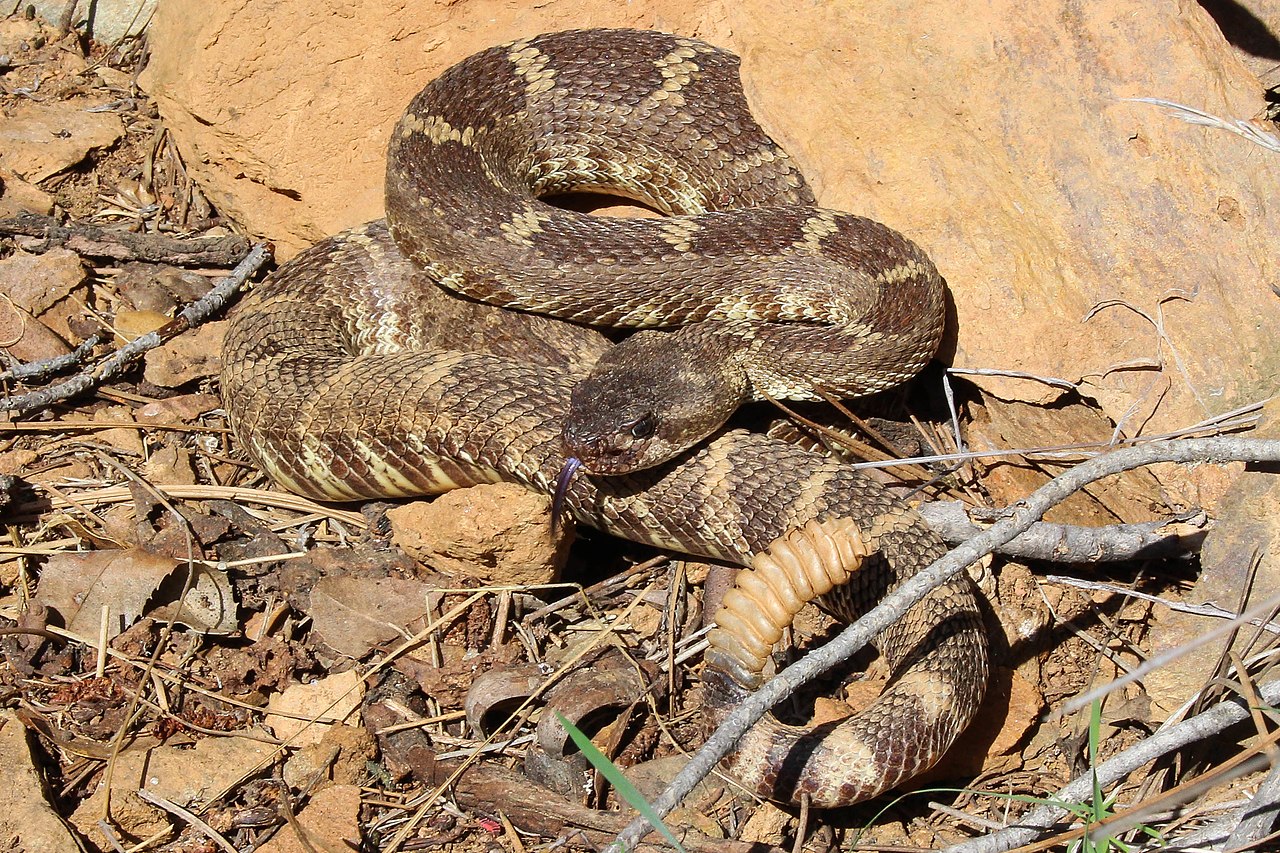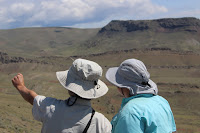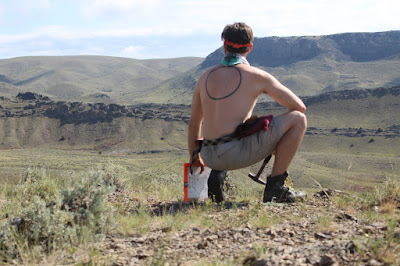The Mother's Song
The Mother's Song is a hymn to Great
Mother from the Zelandonii people; a creation myth on the Great Mother herself, the moon, plants and animals, and her creation of the Zelandonii People (though other people, such as the Lanzadonii) are said to have a similar hymn and/or belief system.
When Ayla became a Zelandoni, she had a vision comparable to something she experience with Creb and the "clan memories". During this vision the Great Mother gave her a Final verse to the hymn regarding the procreation of people.
 |
| Chauvet Cave, France; "Cave of Forgotten Dreams" |
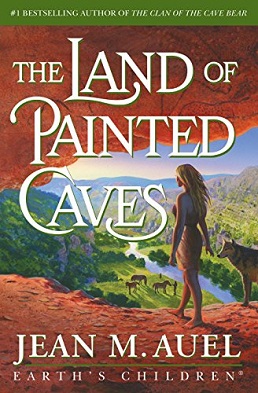 |
| Book cover, via Wikipedia |
_____________________________________________________________________
Out of the darkness, the chaos of time
The whirlwind gave birth to the Mother sublime.
She woke to Herself, knowing life had great worth.
The dark empty void grieved the Great Mother Earth
The whirlwind gave birth to the Mother sublime.
She woke to Herself, knowing life had great worth.
The dark empty void grieved the Great Mother Earth
The Mother was lonely – She was the only.
From the dust of Her birth She created the other,
a pale shining friend, a companion, a brother.
They grew up together, learned to love and to care,
and when She was ready, they decided to pair.
a pale shining friend, a companion, a brother.
They grew up together, learned to love and to care,
and when She was ready, they decided to pair.
Around Her he’d hover, Her pale shining lover.
She was happy at first with Her one counterpart.
Then the Mother grew restless, unsure in Her heart.
She loved Her fair friend, Her dear complement,
but something was missing, Her love was unspent.
Then the Mother grew restless, unsure in Her heart.
She loved Her fair friend, Her dear complement,
but something was missing, Her love was unspent.
She was the Mother, She needed another.
She dared the great void, the chaos, the dark,
to find the cold home of the life-giving spark.
The whirlwind was fearsome, the darkness complete.
Chaos was freezing and reached out for Her heat.
to find the cold home of the life-giving spark.
The whirlwind was fearsome, the darkness complete.
Chaos was freezing and reached out for Her heat.
The Mother was brave. The danger was grave.
She drew from cold chaos the creative source.
Then, conceiving within, She fled with life-force.
She grew with the life that She carried inside,
and gave from Herself, with love and with pride.
Then, conceiving within, She fled with life-force.
She grew with the life that She carried inside,
and gave from Herself, with love and with pride.
The Mother was bearing, Her life She was sharing.
The dark empty void and the vast barren Earth
With anticipation awaited the birth.
Life drank from Her blood, it breathed from Her bones,
it split Her skin open and sundered Her stones.
With anticipation awaited the birth.
Life drank from Her blood, it breathed from Her bones,
it split Her skin open and sundered Her stones.
The Mother was giving – another was living.
Her gushing birth waters filled rivers and seas,
and flooded the land, giving birth to the trees.
From each precious drop new grass and leaves grew,
and lush verdant plants made all the Earth new.
and flooded the land, giving birth to the trees.
From each precious drop new grass and leaves grew,
and lush verdant plants made all the Earth new.
Her waters were flowing – new green was growing.
In violent labor, spewing fire and strife,
She struggled in pain to give birth to new life.
Her dried clotted blood turned to red-ochered soil,
but the radiant child made it all worth the toil.
She struggled in pain to give birth to new life.
Her dried clotted blood turned to red-ochered soil,
but the radiant child made it all worth the toil.
The Mother’s great joy – a bright shining boy!
Mountains rose up, spouting flames from their crests.
She nurtured Her son from Her mountainous breasts.
He suckled so hard, the sparks flew so high,
the Mother’s hot milk laid a path through the sky.
She nurtured Her son from Her mountainous breasts.
He suckled so hard, the sparks flew so high,
the Mother’s hot milk laid a path through the sky.
Life had begun – She nourished Her son.
He laughed and He played and he grew big and bright.
He lit up the darkness. The Mother’s delight.
She lavished Her love, he grew bright and strong,
but soon he matured, not a child for too long.
He lit up the darkness. The Mother’s delight.
She lavished Her love, he grew bright and strong,
but soon he matured, not a child for too long.
Her son was near grown. His mind was his own.
She took from the source for the life She’d begun.
Now the cold empty void was enticing Her son.
The Mother gave love, but the youth longed for more,
for knowledge, excitement, to travel, explore.
Now the cold empty void was enticing Her son.
The Mother gave love, but the youth longed for more,
for knowledge, excitement, to travel, explore.
Chaos was Her foe, but Her son yearned to go.
He stole from Her side as the Great Mother slept,
while out of the dark swirling void chaos crept.
With tempting inducements the darkness beguiled,
deceived by the whirlwind chaos captured Her child.
while out of the dark swirling void chaos crept.
With tempting inducements the darkness beguiled,
deceived by the whirlwind chaos captured Her child.
The dark took Her son, the bright, brilliant one.
The Mother’s bright child, at first overjoyed,
was soon overwhelmed by the black frigid void.
Her unwary offspring, consumed with remorse,
could not escape the mysterious force.
was soon overwhelmed by the black frigid void.
Her unwary offspring, consumed with remorse,
could not escape the mysterious force.
Chaos would not free Her rash progeny.
But just as the dark pulled him into the cold,
the Mother woke up, reached out and caught hold.
To help Her recover Her radiant son,
the Mother appealed to the pale shining one.
the Mother woke up, reached out and caught hold.
To help Her recover Her radiant son,
the Mother appealed to the pale shining one.
The Mother held tight and kept him in sight
She welcomed him back, Her lover of old.
With heartache and sorrow Her story She told.
Her dear friend agreed to join in the fight,
to rescue Her child from his perilous plight.
With heartache and sorrow Her story She told.
Her dear friend agreed to join in the fight,
to rescue Her child from his perilous plight.
She told of Her grief and the dark swirling thief.
The Mother was tired, She had to recover.
She loosened Her hold to Her luminous lover.
While She was sleeping, he fought the cold force,
and for a time drove it back to the source.
She loosened Her hold to Her luminous lover.
While She was sleeping, he fought the cold force,
and for a time drove it back to the source.
His spirit was strong, the encounter too long.
Her fair shining friend struggled hard, gave his best.
The conflict was bitter, the struggle hard pressed.
His vigilance waned as he closed his great eye,
the darkness crept close, stole his light from the sky.
The conflict was bitter, the struggle hard pressed.
His vigilance waned as he closed his great eye,
the darkness crept close, stole his light from the sky.
Her pale friend was tiring, his light was expiring.
When darkness was total, She woke with a cry.
The tenebrous void hid the light from the sky.
She joined in the conflict, was quick to defend
And drove the dark shadow away from Her friend.
The tenebrous void hid the light from the sky.
She joined in the conflict, was quick to defend
And drove the dark shadow away from Her friend.
But the pale face of night let Her son out of sight.
Trapped by the whirlwind, Her bright fiery son
Gave no warmth to the Earth, cold chaos had won.
Gave no warmth to the Earth, cold chaos had won.
The fertile green life was now ice and snow,
and a sharp piercing wind continued to blow.
The Earth was bereft. No green plants were left.
The Mother was weary, grieving and worn,
but She reached out again for the life She had borne.
She couldn’t give up – She needed to strive,
for the glorious light of Her son to survive.
but She reached out again for the life She had borne.
She couldn’t give up – She needed to strive,
for the glorious light of Her son to survive.
She continued the fight of bring back the light.
And her luminous friend was prepared to contest
The thief who held captured the child of Her breast.
Together they fought for the son She adored.
Their efforts succeeded, his light was restored.
The thief who held captured the child of Her breast.
Together they fought for the son She adored.
Their efforts succeeded, his light was restored.
His energy burned, his brilliance returned.
But the bleak frigid dark craved his bright glowing heat.
The Mother defended and would not retreat.
The Mother defended and would not retreat.
The whirlwind pulled hard, She refused to let go.
She fought to a draw with Her dark swirling foe.
She held darkness at bay, but Her son was away.
When She fought with the whirlwind and made chaos flee,
the light from Her son glowed with vitality.
the light from Her son glowed with vitality.
When the Mother grew tired, the bleak void held sway,
and darkness returned at the end of the day.
She felt warmth from Her son, but neither had won.
The Great Mother lived with the pain in Her heart,
that She and Her son were forever apart.
She ached for the child that had been denied,
so she quickened once more from the life-force inside.
that She and Her son were forever apart.
She ached for the child that had been denied,
so she quickened once more from the life-force inside.
She was not reconciled to the loss of Her child.
When She was ready, Her waters of birth
Brought back the green life to the cold barren Earth.
And the tears of Her loss abundantly spilled,
made dew drops that sparkled, and rainbows that thrilled.
Brought back the green life to the cold barren Earth.
And the tears of Her loss abundantly spilled,
made dew drops that sparkled, and rainbows that thrilled.
Birth waters brought green, but Her tears could be seen.
With a thunderous roar Her stones split asunder,
and from the great cave that opened deep under,
She birthed once again from Her cavernous room
And brought forth the Children of Earth from Her womb.
and from the great cave that opened deep under,
She birthed once again from Her cavernous room
And brought forth the Children of Earth from Her womb.
From the Mother forlorn, more children were born.
Each child was different, some were large and some small,
some could walk and some fly, some could swim and some crawl.
But each form was perfect, each spirit complete.
Each one was a model whose shape could repeat.
some could walk and some fly, some could swim and some crawl.
But each form was perfect, each spirit complete.
Each one was a model whose shape could repeat.
The Mother was willing. The green Earth was filling.
All the birds and the fish and the animals born,
would not leaver the Mother, this time to mourn.
Each kind would live near the place of its birth,
and share the expanse of the Great Mother Earth.
would not leaver the Mother, this time to mourn.
Each kind would live near the place of its birth,
and share the expanse of the Great Mother Earth.
Close to Her they would stay. They could not run away
They all were Her children, they filled Her with pride,
but they used up the life-force She carried inside.
but they used up the life-force She carried inside.
She had enough left for a last innovation,
a child who’d remember who made the creation.
A child who’d respect and learn to protect.
First-Woman was born, full-grown and alive,
and given the gifts, she would need to survive.
Life was the first gift, and like Mother Earth,
she woke to herself, knowing life had great worth.
and given the gifts, she would need to survive.
Life was the first gift, and like Mother Earth,
she woke to herself, knowing life had great worth.
First-Woman defined. The first of her kind.
Next was the gift of perception, of learning,
the desire to know, the gift of discerning.
First-Woman was given the knowledge within,
that would help her to live and pass on to her kin.
the desire to know, the gift of discerning.
First-Woman was given the knowledge within,
that would help her to live and pass on to her kin.
First-Woman would know, how to learn and to grow.
Her life-force near gone, the Mother was spent.
To pass on life’s spirit had been Her intent.
She caused all Her children to create life anew,
and woman was blessed to bring forth life, too.
To pass on life’s spirit had been Her intent.
She caused all Her children to create life anew,
and woman was blessed to bring forth life, too.
But Woman was lonely – she was the only.
The Mother remembered Her own loneliness,
the love for Her friend, and his hovering caress.
With the last spark remaining, Her labor began,
to share life with woman, She created First-Man.
the love for Her friend, and his hovering caress.
With the last spark remaining, Her labor began,
to share life with woman, She created First-Man.
Again She was giving. Another was living.
To woman and man the Mother gave birth,
and for their home, She gave them the Earth,
the water, the land and all Her creation.
and for their home, She gave them the Earth,
the water, the land and all Her creation.
To use them with care was their obligation.
It was their home to use, but not to abuse.
For the Children of Earth the Mother provided
The gifts to survive, and then She decided,
to give them the Gift of Pleasure and sharing,
that honors the Mother with the joy of their pairing.
The gifts to survive, and then She decided,
to give them the Gift of Pleasure and sharing,
that honors the Mother with the joy of their pairing.
The gifts are well-earned, when honor’s returned.
The Mother was pleased with the pair She created.
She taught them to love and to care, when they mated.
She made them desire to join with each other.
She taught them to love and to care, when they mated.
She made them desire to join with each other.
The Gift of the Pleasures came from the Mother.
Before She was through,
Verse given to Ayla from Great Mother:
Her Last Gift, the knowledge that man has his part,
His need must be spent before new life can start,
It honors the Mother when the couple is paired,
Because woman conceives the pleasures are shared,
Earth Children were blessed.
The Mother could rest.
___________________________________________________________________________
Wow! Amazing! A creation myth for the ages! Of course, Jean M. Auel wrote this, not an person ever called a Zelandonii, and it clearly draws from her expertise as a writer, her deep research into the archaeological record of culture of paleolithic peoples of Europe, and our modern scientific understanding of Earth Systems Science.
This Fandom page for Earth's Children was useful while getting all this down, as well as having hand a copy of the Land of Painted Caves.
